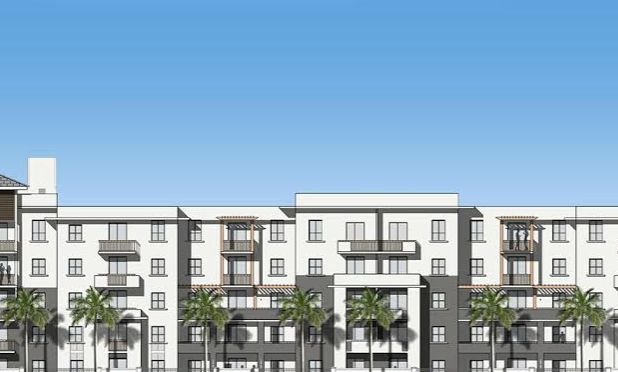
MIAMI—Will we see a rush then a dip in affordable housing demand in the wake of Puerto Ricans migrating to the US after Hurricane Irma? What does this mean for class B and C multifamily assets?
GlobeSt.com caught up with Hernando Perez, director of multifamily investment sales at Franklin Street's Miami office to get some insights in part two this exclusive interview. You can still read part one: How Will Puerto Rican Migration Impact South Florida Multifamily Market?
GlobeSt.com: Will we see a sudden rush and then a drop-off in demand for affordable apartments?
Perez: It will more likely be a steady push. Some arrivals will move immediately into apartments. Others will stay with family and friends until they have saved enough money to get a place of their own.
Once settled, they may send for relatives still in Puerto Rico. Those who were hardest hit will more inclined to leave a place that's struggling to restore electricity, clean water and other basic services.
(Find out what's different about multifamily development in this cycle.)
GlobeSt.com: What does this mean for Class B and C multifamily properties?
Perez: It's good for investors in these types of properties. Vacancy rates are at an all-time low—under 1% in some markets, which means rents should continue to rise steadily. This will create opportunities for owners to add value and make improvements and renovations to properties in the B & C asset class, which will continue to improve the already strong fundamentals of this market segment and increase asset values. The trend should occur across Florida given that Puerto Ricans are well-represented in Florida's four largest metro markets.
GlobeSt.com: What's the long-term impact of Puerto Rican migration on the South Florida multifamily housing market?
Perez: We can expect a much different market dynamic than that from surges in the population of non-Americans. Remember, Puerto Ricans face no residency, financial or work restrictions. There's no legal pressure from the US or a foreign government to return home.
Because their finances are in dollars, their personal wealth isn't subject to currency fluctuations that could dampen their appetite for housing. Therefore, demand will be steady; we won't see the boom-and-bust cycles that influxes of foreign buyers have caused in the Miami housing/rental market.
Want to continue reading?
Become a Free ALM Digital Reader.
Once you are an ALM Digital Member, you’ll receive:
- Breaking commercial real estate news and analysis, on-site and via our newsletters and custom alerts
- Educational webcasts, white papers, and ebooks from industry thought leaders
- Critical coverage of the property casualty insurance and financial advisory markets on our other ALM sites, PropertyCasualty360 and ThinkAdvisor
Already have an account? Sign In Now
*May exclude premium content© 2025 ALM Global, LLC, All Rights Reserved. Request academic re-use from www.copyright.com. All other uses, submit a request to [email protected]. For more information visit Asset & Logo Licensing.








